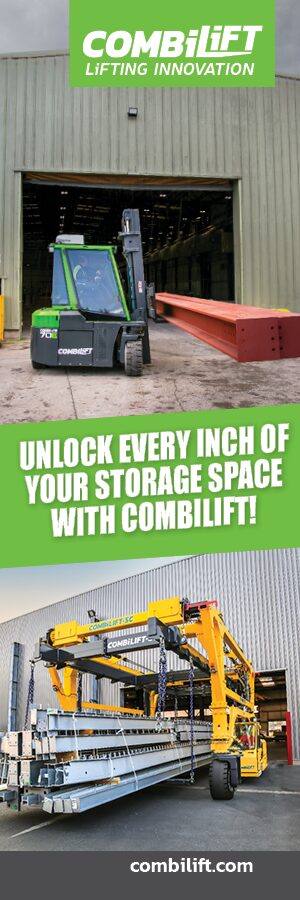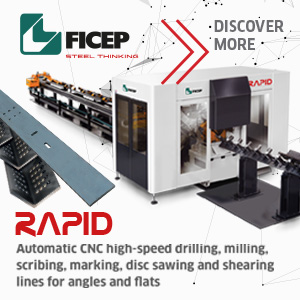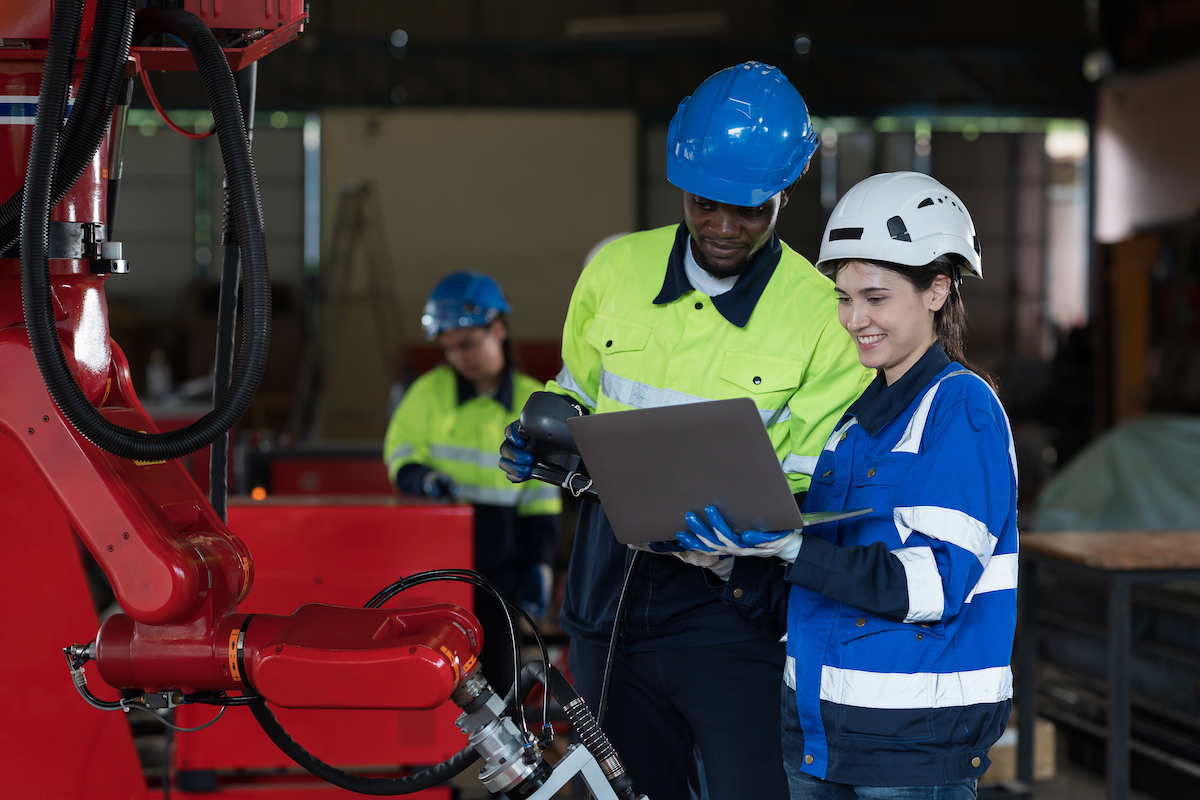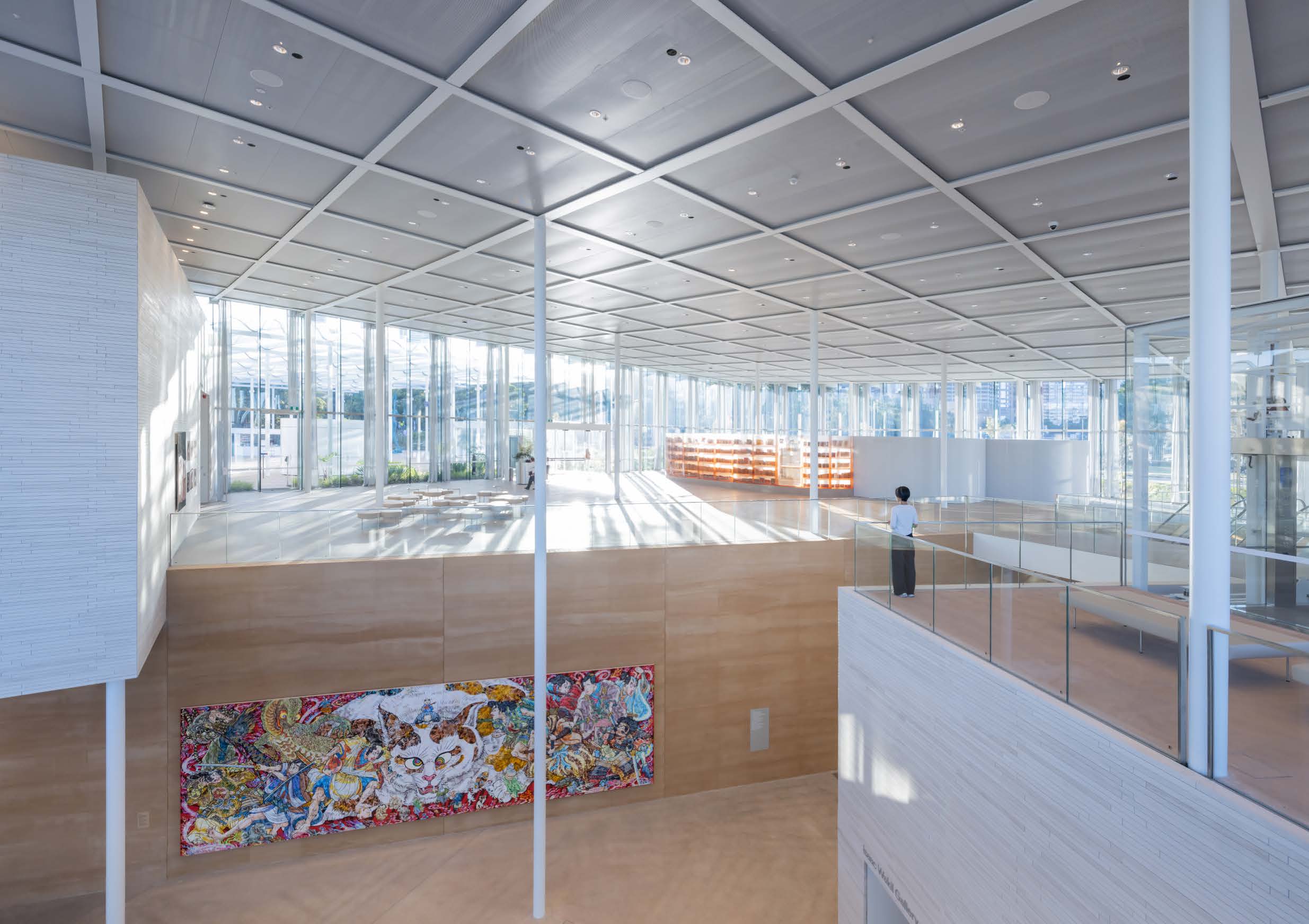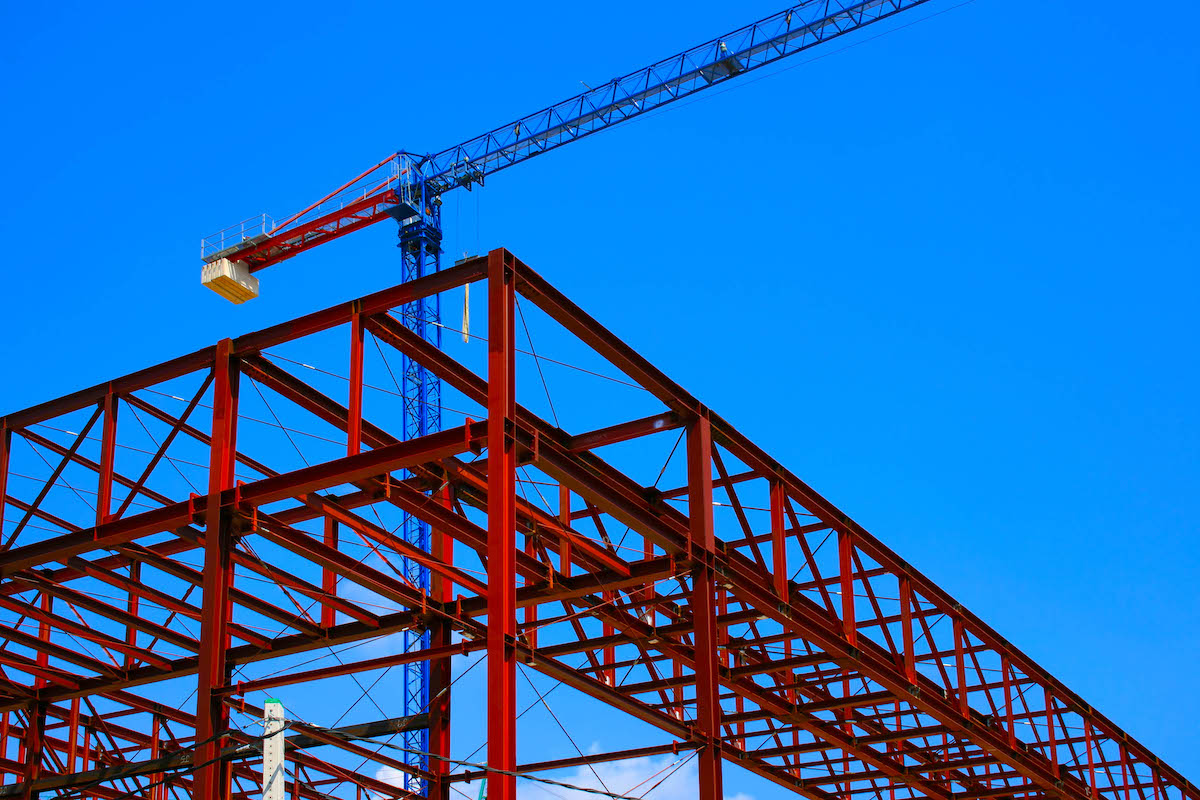Our Australian steel industry is confronting winds of change which are unparalleled in my 40+ years of industry involvement. This is occurring at a time when Australia’s waiting investment pipeline across infrastructure, housing, transportation, energy, and commercial development is at record levels in terms of volume and cost.
Business conditions are tough, very tough, for many of us at present. The compounding effect of year-on-year inflation across our cost structures is significant. The labour market, and skills availability, is showing little sign of returning to pre-COVID conditions.
Domestic economic activity is subdued at a time when it should be buoyant. Various Australian state governments are burdened with significant debt. Federally, we are in a holding pattern until the May election result is known.
International tariff wars are now in full play without any clear path of where they will end and the unintended consequences that will occur along the way. The Whyalla steelworks situation will have far reaching effects if the plant cannot be restored to operating performance and a new owner found to take it out of administration.
Of major concern to us all is the profound situation being experienced by many of our steel fabrication industry partners. The significant lift in imported fabricated buildings is reducing the profitability and viability of long-established fabricators, with a considerable number closing their businesses, or significantly downsizing.
Over the last 20 years, low priced, and unfairly traded, steel products such as hot rolled coil, merchant bar, hot rolled structural steel, plate, and so on had a profound impact on Australia’s steel manufacturers with many plants closing during the time taken to seek adjudication by Government as to whether products were legitimately priced and free of favourable subsidisation by foreign governments.
Our fair-trade appeals system places the burden of proof on our domestic industry demonstrating two key facts:
(a) that product is sold in Australia at prices that are lower than those sold in the home country; and
(b) that the domestic industry is suffering material injury. Material injury is characterised by such factors as profit margin declines, reduced investment, lower employment, lower sales volumes, and the like.
Using a health analogy, an industry had to be hospitalised with pneumonia before being diagnosed with the flu. Throughout the last 20 years, companies with the resources of BlueScope, Oneteel/Arium/Infrabuild, Smorgon Steel Group, et. al. was not able to prevent the closure of two API line pipe mills, one tin plate mill, two pipe and tube hot dipped galvanising facilities, and more. Our pressing need is to find a way for our steel fabricators to have their situation assessed on a priority basis.
The Australian Steel Institute has not been idle in these times. In fact, the work of both your Board and the ASI management team has been dominated by advocating for industry in terms of fair and equitable trade, refuting untruths regarding Australia’s steel industry capability to support renewable energy projects, and in terms of demonstrating to governments and regulators just how important a vibrant steel industry supply chain is to Australia’s future prosperity and sovereign capability. We have recently appointed two additional fabricators to the Board with the aim of improving representation on a geographical basis and on a ‘project type’ basis. Board configuration is a prime focus for me, and our Nominations Committee, to ensure that we have the skills and experience to deal with a variety of industry requirements.
In terms of your ASI Chief Executive, Mark Cain, and his team, the last year has been dominated by prosecuting a case to state and federal government departments regarding the current and future impacts to Australia of the aforementioned imported fabrication facts; demystifying the carbon intensity claims of steel versus competing materials such that regulators and governments have a better understanding of how well steel is positioned to support Australia’s economic development in a lower carbon future; and promoting the alignment between our industry and the Future Made in Australia program in terms of sovereign capability, skills development, employment opportunities and supply chain velocity of a vibrant local industry.
Much has been done, and there is much more to do, to translate our advocacy work, our educational work, and our industry work into more tangible outcomes for our ASI members. We understand the frustration of many with respect to our progress on fair-trade relating to imported fabrication, and we understand it is a real ‘burning platform’ for many of our members. Please be assured that we are leveraging the collective capability of our industry members, and external advisors, to determine the right path forward as quickly and assuredly as possible.
In terms of global trade in the context of the current tariff war, we do not know where this will lead. However, we do know that there will be cause and effect between actions taken by country against country on other countries that are unrelated to those positions. The Australian Steel Institute will continue to advocate for fair trade, for the commercial and societal benefits of vibrant and competitive local industry, that that the decisions made, or not made, by Government today will have far reach implications for the vibrance of our industry in the future.
Tony Schreiber
Chair, ASI


